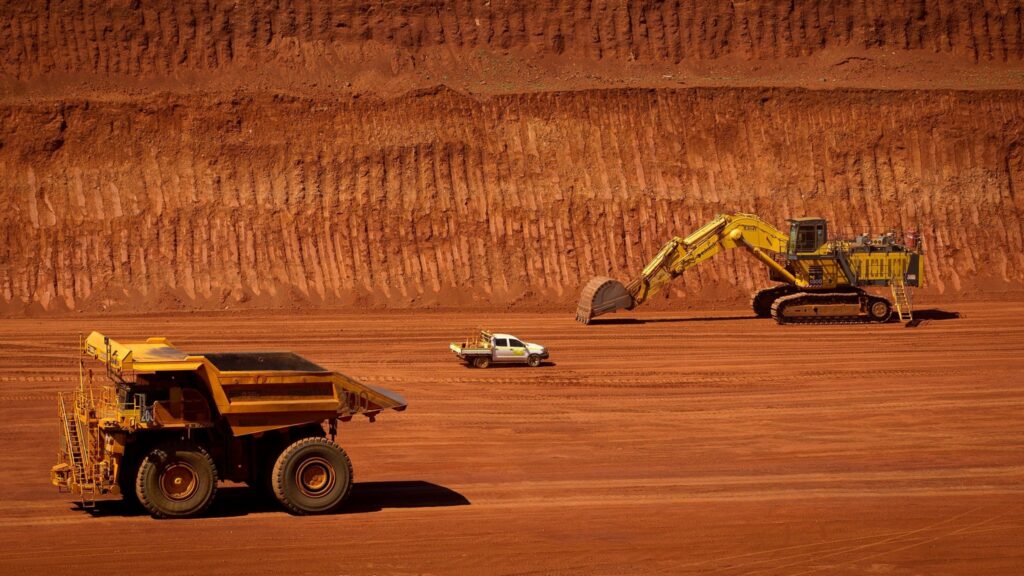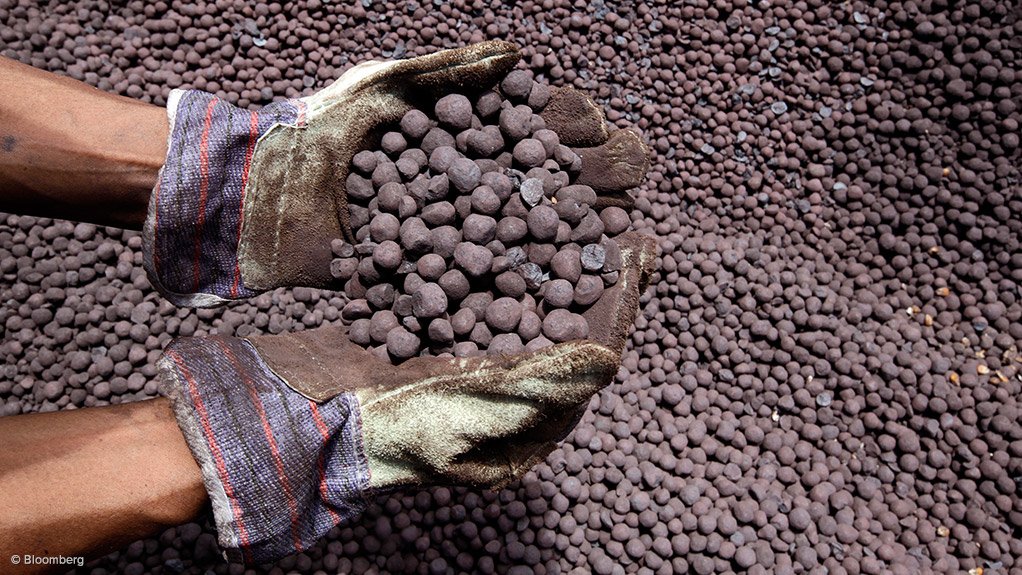After a stellar start to the year there are signs that the key steel and iron ore sectors are losing momentum in China, raising concerns as to the strength of the rebound in the world’s second-largest economy.
Prices across the steel complex have been retreating in recent sessions, while China’s imports of iron ore appear to be moderating after a fast start to the year.
China produces more than half of the world’s steel and buys about 70% of global seaborne iron ore, one of two key raw materials for steel, the other being coking coal.
The spot price for benchmark 62% iron ore for delivery to north China, as assessed by commodity price reporting agency Argus, ended at $118.80 a tonne on Monday, the lowest since Jan. 9.
The price has slipped 10.9% since hitting its peak so far in 2023 of $133.40 a tonne on March 15, reached amid market optimism over future steel demand as Beijing moved to stimulate the economy after ending its strict zero-COVID policy that had crimped growth last year.
Coking coal prices have also come under pressure, with Singapore-traded contracts that mirror the free-on-board price in Australia , the world’s largest exporter of the fuel, dropping to $289.90 a tonne on Monday.
This is the lowest price since Dec. 30 last year and the contract has lost 23.9% since its 2023 peak of $381 tonne, reached on Feb. 17.
Chinese domestic steel prices have also come under pressure, with benchmark Shanghai rebar futures ending at 3,946 yuan ($574) a tonne on Monday, the weakest since Dec. 26 and down 8.8% from the peak so far this year of 4,328 yuan on March 14.
It’s not just prices that are declining, there are signs that iron ore volumes and steel output are also weakening slightly.
China’s iron ore imports are estimated by Refinitiv at 94.17 million tonnes in March, which translates to a daily rate of 3.04 million tonnes.
This would be down from the 3.29 million tonnes a day for the first two months, according to official customs data, although it’s worth noting that imports for the January-February period were 7.3% above the same months in 2022.
April imports may also heading for a soft outcome, with Refinitiv tracking arrivals of 82.34 million tonnes, although this figure is likely to rise in coming weeks as more cargoes are assessed as likely to be delivered by the end of the month.
STEEL DIPPING
Steel output is also softer, with consultancy MySteel reporting production of construction steel products, including rebar and wire rod, dropped 1.04% week-on-week to 4.23 million tonnes for the period ended April 6.
Over the same period apparent demand for steel products dropped 6.7% week-on-week to 4.36 million tonnes, MySteel said.




What the drop in prices, seaborne iron ore imports and steel output appear to be pointing to is a moderation in demand expectations in China.
It may be the case that the initial expectations after the dramatic ending of COVID-19 restrictions late last year were too optimistic, and what’s happening now is simply a reassessment.
Certainly, none of the indicators are pointing to weakness, rather it’s more a case of sky-high optimism being replaced by a more moderate, but still positive reality.
One factor always worth keeping in mind is the messaging coming out of Beijing, with reports that China is considering an official target of lowering steel output by 2.5% in 2023 from last year’s 1.018 billion tonnes.
If this lower target is confirmed, it implies that the strong start to steel production in the first two months of the year, when output gained 5.6% over the same period in 2022, will moderate over the rest of this year.
This suggests that iron ore and coking coal demand will remain solid, but may not rise much over 2023 as a whole.
The opinions expressed here are those of the author.
Clyde Russell is Asia Commodities and Energy Columnist at Reuters. He has been a journalist and editor for 33 years covering everything from wars in Africa to the resources boom and its current struggles. Born in Glasgow, he has lived in Johannesburg, Sydney, Singapore and now splits his time between Tasmania and Asia. He writes about trends in commodity and energy markets, with a particular focus on China. Before becoming a financial journalist in 1996, Clyde covered civil wars in Angola, Mozambique and other African hotspots for Agence-France Presse.






